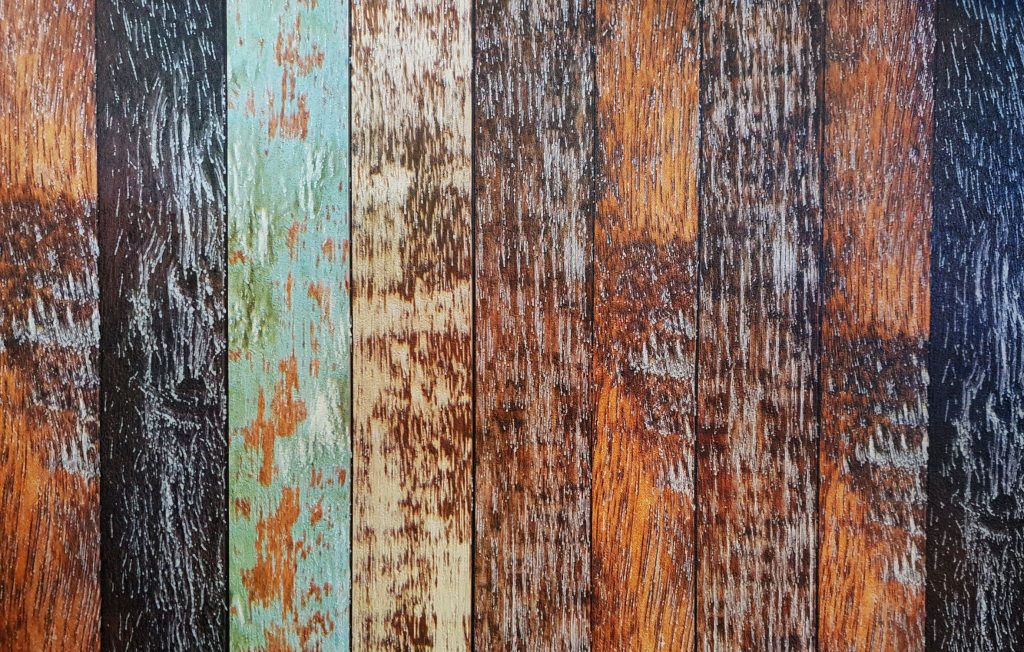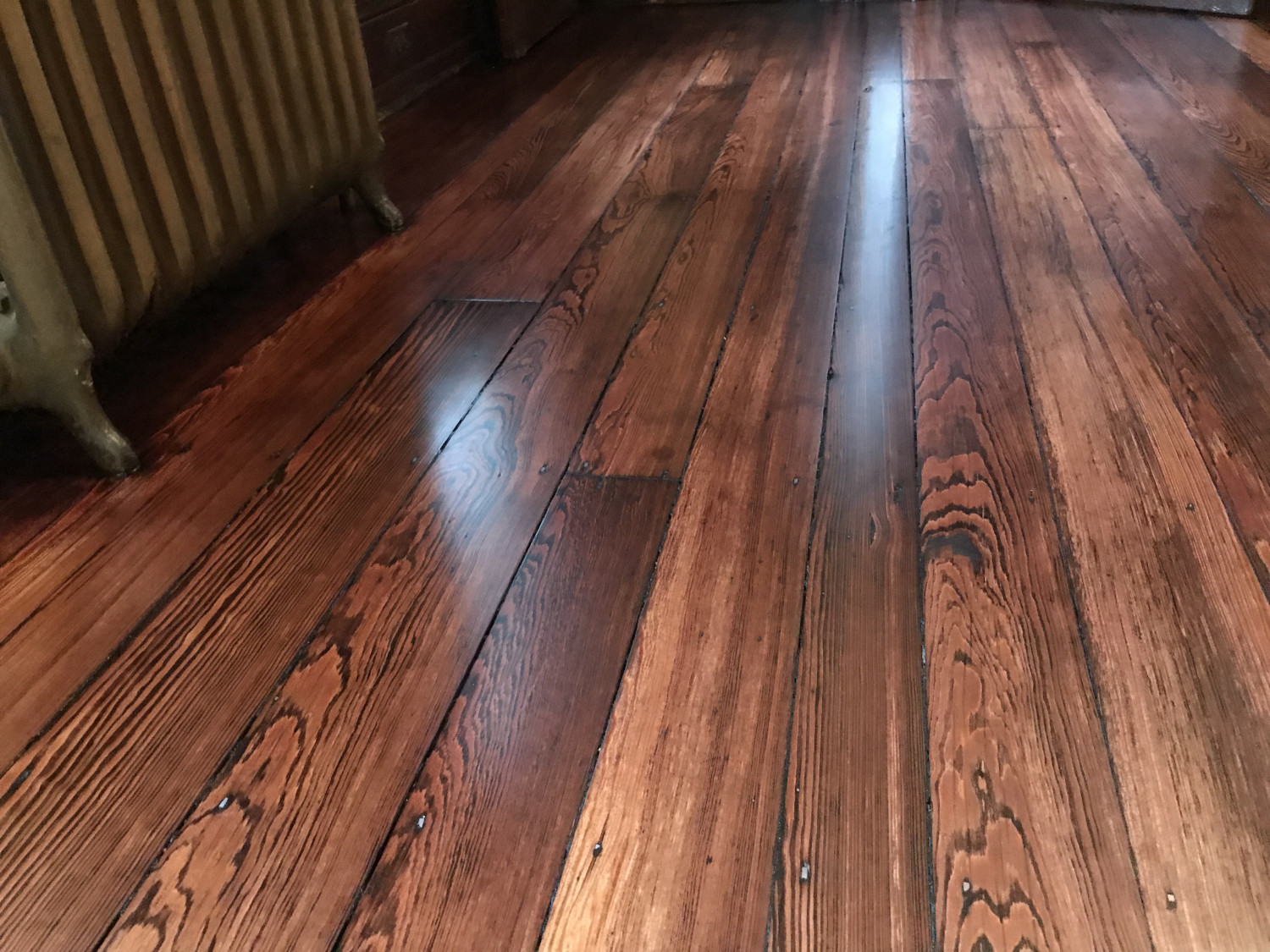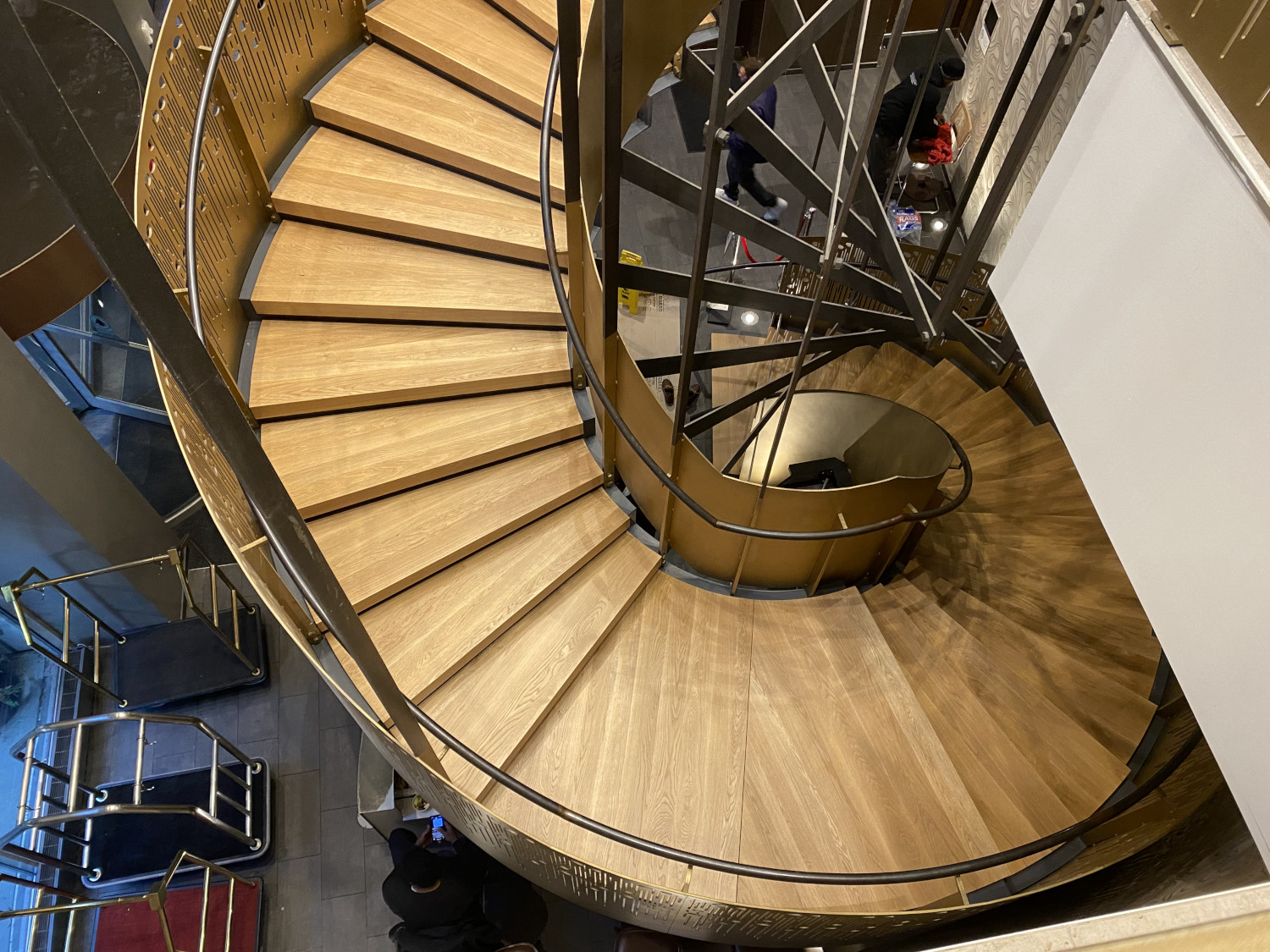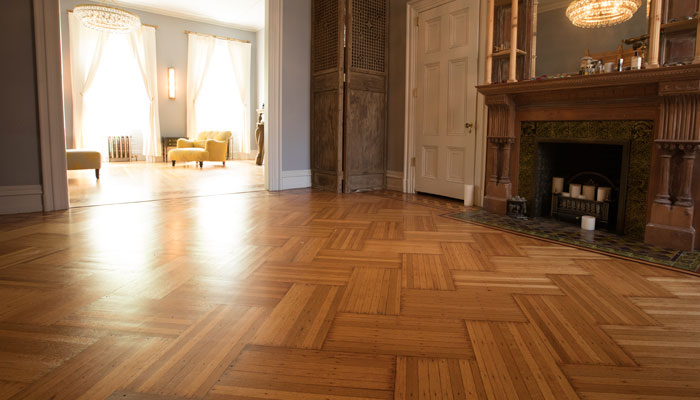Five Common Hardwood Repairs
Your hardwood floors go through constant treading, temperature changes, seasonal damage, and everything that happens in daily life. They’re durable but will inevitably end up damaged over time.
While these common hardwood flooring problems may be disruptive, they can easily be repaired or fixed through refurbishment. Some of these issues have a DIY solution depending on the severity of the damage.
Gaps in the Planks
Wood shrinks and expands with moisture and temperature changes. There’s no way to 100% perfectly control the climate inside of your home, so over time your floors will develop gaps between the planks.
This ranks as the number one most common hardwood flooring issue because working to prevent this is pretty futile. Proper installation and selecting quality sealed floors can help stave this off for years to come.
Fortunately, you don’t need a full flooring replacement. This issue can be fixed through professional services that tighten up the floor and remove those gaps. To determine whether or not your floors have gaps like these, take a dime and try to gently wedge it between two floorboards. If it easily slides between them, your planks have become too spaced apart.
Major Warping
Moisture alters your hardwood floors over time, and if the previous homeowner didn’t get theirs repaired, the planks become warped. When warping occurs, it’s almost always a moisture problem.
Determining the root cause can be difficult. If your floors are warped, you’ll know just by walking on them, or laying down on the floor and looking to the side to see how it bows and waves in certain areas.
While warping can occur from faulty installations, this is extremely rare. If you are unable to identify the exact problem, it’s a good idea to have a professional assess the cause. If all goes well, floor repair is the least of your concerns.
Cracked, Split, or Separated Wood
If the planks are cracked, separated, or beginning to split, it could be signs of normal wear and tear. These can be remedied with wood filler and some sanding, followed up with proper hardwood sealant.
If your floors are newer, this could be a sign of poor installation. When installed, hardwood floors should be poised to withstand the same amount of tension and weight no matter where they are in the room. New planks that become cracked or split have too much tension.
You can contact your flooring installers to see if the planks are under warranty. Most hardwood floors have a warranty of between ten and twenty years (sometimes even more), so if it is a manufacturing or installation issue, you’ll be covered.
Floor Cupping
Similar to warping, floor cupping tends to impact individual planks or small groups of boards instead of the entire floor. Moisture imbalances in specific areas can cause the boards to sink in or cup in the middle but stay raised on the edges where they touch other boards.
While this can be fixed, the long-term issue is a moisture problem in the home. It’s worth renting a thermal detection gun and going around your home to spot drafts, or anything that could be allowing excess humidity into your home.

Floor Buckling
If you step on a specific section of your hardwood floor and you feel it shift or bend in, it could be buckling. This could mean one of two things: the flooring has come up from the subfloor, or the subfloor has come up from the joists.
Either way, it needs to be looked at. Floor buckling will (hopefully) be an issue with the flooring itself or the way it was installed instead of being a core structural issue. If this is the case, the flooring can be removed and reinstalled, but only by the installation company (that way the warranty stays intact).
Hardwood Restoration and Refurbishment
If your hardwood floors are beyond DIY capabilities, it doesn’t mean they can’t be saved. Contact us today for a quote on our repair and refurbishment services, as well as sanding and refinishing services. Put the luster back into those floors now by calling us at (215) 515-7355.
Recent Hardwood Flooring Projects in Philadelphia & NJ





0 Comments